Raspberries are famous not only for their excellent taste, but also for healing and strengthening properties. Raspberries grow in almost every suburban or personal plot. Especially people like to plant varieties of remont raspberries. They give a crop several times a season, but for this, the repair varieties must be provided with the correct fall care and pruning.
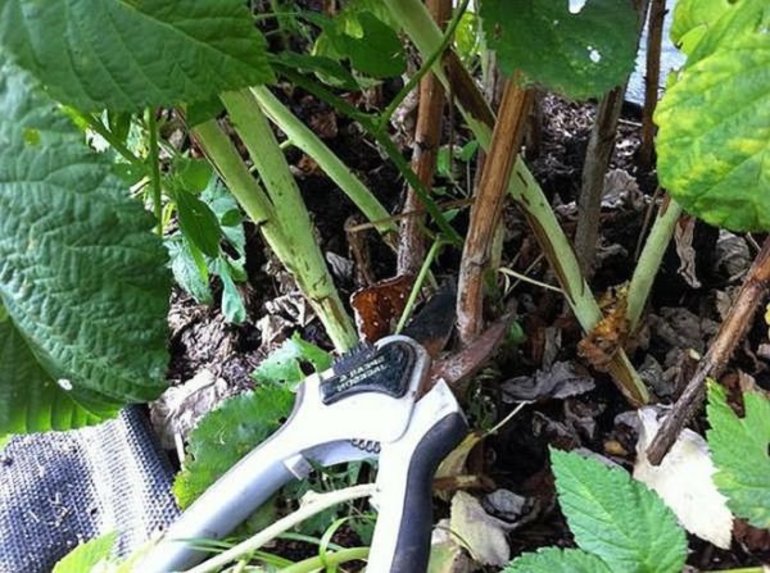
Content
Features of repair varieties
Repairing raspberries attract gardeners primarily due to the fact that during one season you can collect fruits at least twice. The first crop appears already at the end of summer, and the next one ripens in the fall. For beginners, trimming remont raspberries can seem like a rather troublesome task. In general, this is so. But proper care allows you to get the maximum number of berries.
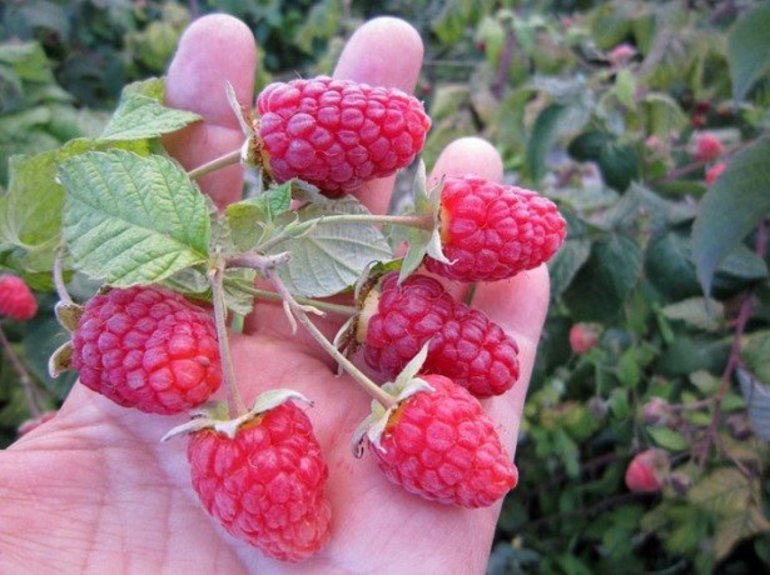
Autumn harvest is usually less quality than summer. There is also one more minus, which is that the second time raspberries ripen long enough. This is due to a lack of strength, since the plant gives most of the energy to the formation of the first crop. Sometimes autumn berries can be dry and mild.
Gardeners most often grow this variety as a yearling plant. In this case, you can get a very good crop. Repair raspberries are distinguished by the fact that they do not require any specific care. It is only necessary to properly shelter it for the winter period, and also to prune the dried branches in time.
Also, this variety is very resistant to the effects of various diseases, fungal infections and viruses. Trimming remont raspberries in the fall is a fairly simple procedure that even a beginner can handle, so these varieties have become very popular.
 You may be interested in:
You may be interested in:History reference
According to the official version, in Russia they started growing repair varieties about 30 years ago, but people learned about them much earlier. About 200 years have passed since the first description of raspberries, which was distinguished by the fact that in August flowers began to appear on annual twigs, which later became berries. In the southern regions of the country, these raspberry varieties were sometimes found. A. Michurin developed the Progress variety, which was distinguished by the fact that, under favorable conditions, it produced a small crop in the autumn period.
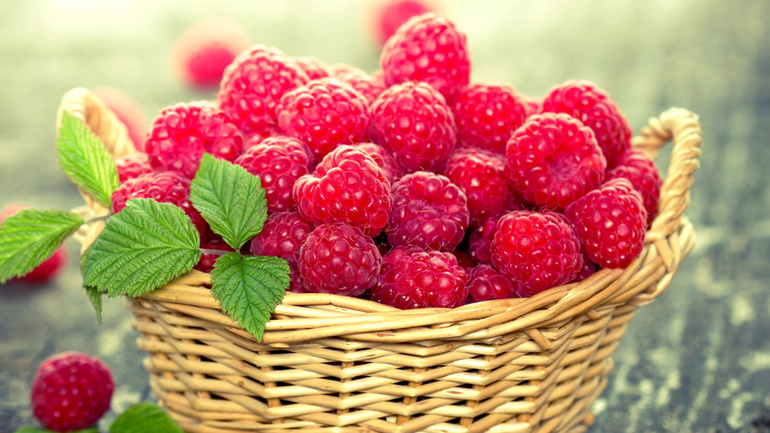
Unfortunately, until the end of the 70s of the 20th century, no one was engaged in the cultivation of repairing plant species in Russia. Only professor Kazakov was able to contribute to the development of this area.
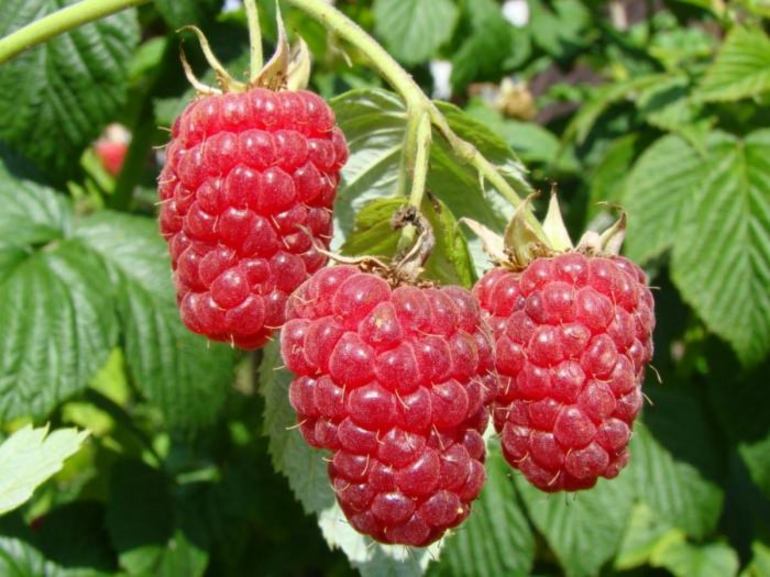
The newest varieties are:
- Eurasia.
- Golden autumn.
- Atlant.
- Diamond
Departure Dates
In the Russian climate, repairing varieties are recommended to be planted in the last week of September or at the very beginning of October. If you do this on time, then the plant will be able to have time to prepare for the winter cold. It will also allow raspberries to actively begin to grow in the spring months.

Before the deadline, it is better not to carry out this procedure, as experts say that by the beginning of September the plant has not yet fully formed the root system.Because of this, raspberries may simply not take root. Repairing varieties are famous for the fact that they are able to grow well in fairly harsh climatic conditions. Wherein fruiting remains high.
Plants need to be planted either in a straight row, or in separate bushes. A minimum gap of 1 meter between seedlings should be maintained. The pits for the future bush should be shallow. It is also advisable to treat the plants with special fertilizers. After landing, it is necessary to compact the ground well.
Cropping Features
Repairing varieties differ in that the root system is on the surface. This necessitates increased attention to the soil.
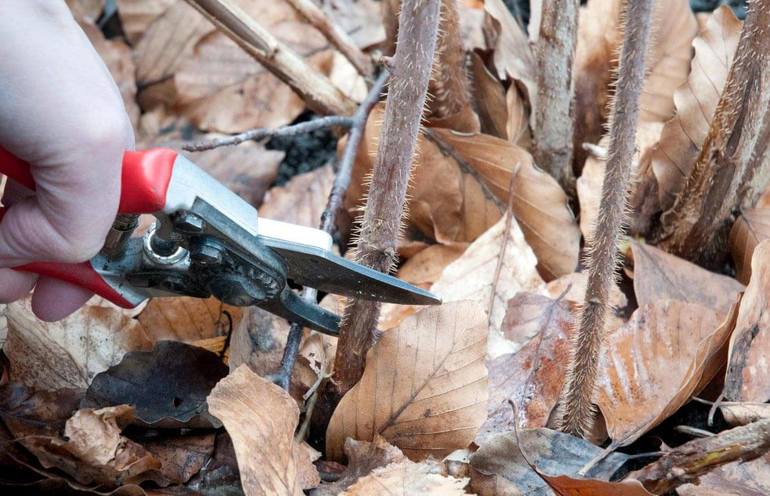
To improve the quality and quantity of berries, you need to regularly and timely feed the bushes with complex fertilizers. The most suitable time is March. Superphosphates are best used, but potassium sulfate can also be used. To prevent the occurrence of fungal diseases, you need to process raspberries with Bordeaux liquid.
Bushes begin to produce berries approximately 2 years after planting. Sometimes a raspberry gives only one crop per season, sometimes two. But the second fruiting is always of lower quality, so you need to correctly perform care recommendations for remont raspberries in the fall. Pruning must be done so that the bush does not overgrow.

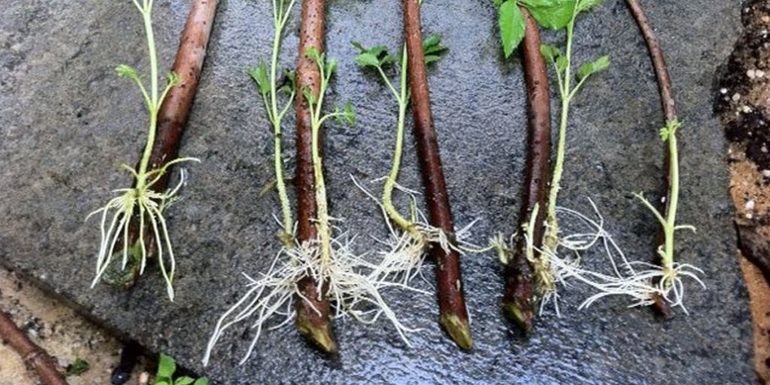 You may be interested in:
You may be interested in:Shrub age
According to many gardeners, the first pruning of remont raspberries should be done when the plant reaches two years of age. If final processing is carried out, then it is necessary to cut off all branches that yielded a high yield near the base. You also need to remove young roots.
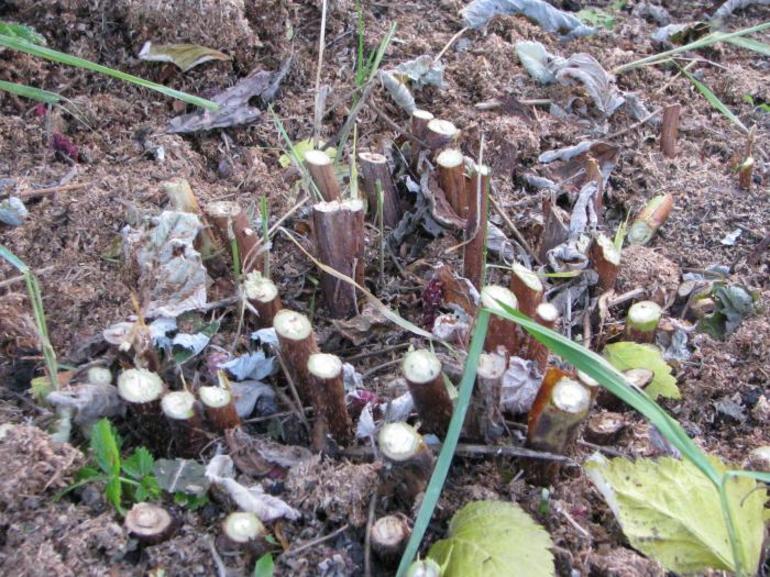
If a variety is planted for breeding, then total pruning is necessary. It includes harvesting all the roots. In this way, protection against various pests and diseases can be enhanced.
The autumn period before the first frost is best for this operation. If not prune branches to the ground, then new shoots will not develop. In addition, the plant will lose repair properties, that is, it will not be able to re-bear fruit.
Care in the fall for maintenance raspberries should be especially carefully - this is a guarantee that the yield will remain at a high level. All repair varieties have three phases of development:
- Height.
- Branching.
- Fruiting.
All these phases take place in one season, so raspberries need to be thinned several times a year. So the branches will be able to get enough power and gain strength.
The time for cutting raspberries for the winter depends on the desired number of crops - one or two. If you plan to collect the berries twice, then you need to cut the branches in late autumn.It should also be remembered that only those shoots from which the crop was harvested should be removed. If only one berry collection is enough, then the procedure can be carried out earlier. In this case, shoots should be cut almost to the level of the soil.
Pruning technique
Pruning raspberries is a very crucial moment. It is necessary to act strictly according to the scheme:
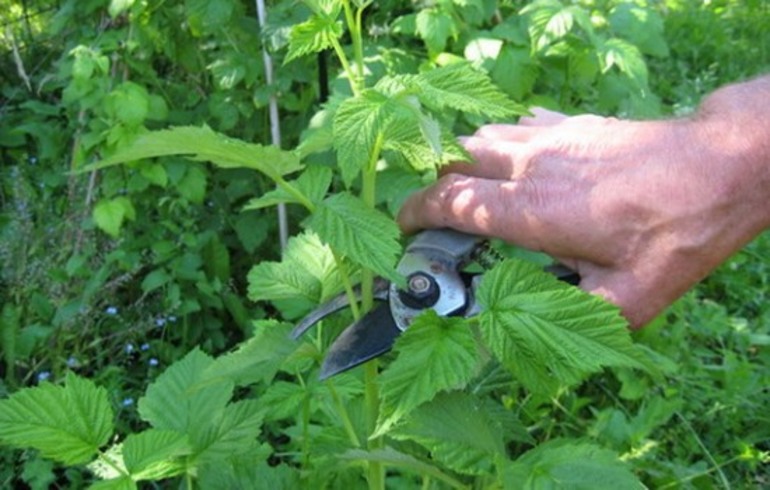
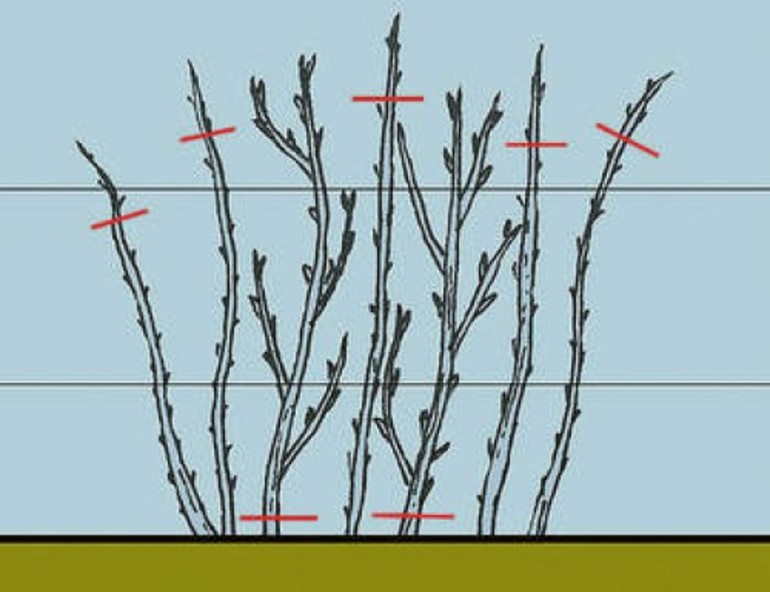
- First you need to remove the young and old branches. Carefully cut off dried shoots from which the fruits have already been collected. Cut them directly under the root. This will reduce the likelihood of infectious diseases, as well as insect damage.
- Young shoots should also be removed, as they do not perform any function. Only strong shoots need to be cut - they are shortened to 30 cm.
- You also need to chop off the trunks - this will not allow the bush to overgrow too much. It is necessary that there is a minimum gap between the plants, which will allow them to grow comfortably.
- Leaf cleaning. Raspberry care also includes leaf care. In order not to harm the kidneys, they must not be torn off. You can put on a glove and gently run your hand along the trunk - the old leaves will fall off themselves. They are undesirable to leave, as the process of decay will begin, which will damage the kidneys.
- Bushes bend to the ground. After pruning and harvesting the leaves, it is necessary to fold the raspberries. This will protect the upper areas from exposure to frost.
Preparing plants for winter
Wintering is important not only for raspberries, but for all fruit plants. The impact of cold weather affects the timing of flowering and fruiting. Raspberries in this regard is a very picky plant, which must be carefully monitored. Many gardeners do not pay attention to the bending of branches to the ground in preparation for frost. But this should be done.
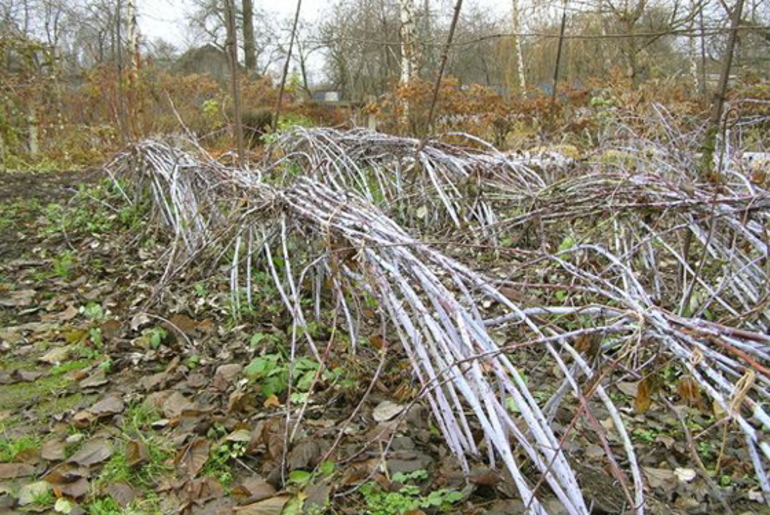
If the stems remain in the upright position, then there is a high probability that they will freeze. The shoots need to be under a snow blanket.
In order for the plant to tolerate winter well, it is necessary to follow all the rules for care. Its ability to withstand frost directly depends on the condition of the shrub. For example, an excess of nitrogen can cause raspberries to disappear in the winter.
Overgrowth and soil mulching
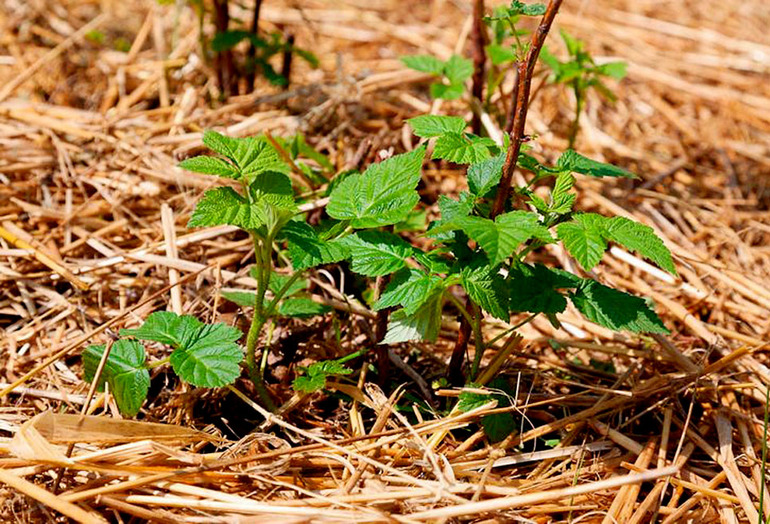
In addition to pruning, it is important to carry out the preparation of shrubs for subsequent operations. Raspberry sprouts can be a big problem.
The special structure of the raspberry roots determines the continuous creep of the shoots in different directions, so the usual garter will not be enough. Branches very quickly fill the entire space between the rows. To prevent this, you will have to regularly cut young shoots. So they will not interfere with the growth of high-quality shoots. A great way to solve the problem is to install a sheet metal or slate barrier.
Mulching will create a balance of temperature and humidity, and the soil surface will not be crusted, and the roots will be able to consume oxygen in abundance. Mulch the soil approximately 7 cm. This procedure should be carried out immediately after planting.For additional recharge in September, in the space between the rows, mineral fertilizer is usually scattered. The mulching layer should be made of humus, straw and sawdust.
Thanks to pruning raspberries, you can significantly increase the yield and quality of berries. It also protects plants from diseases and parasites. In addition, raspberries will not turn into a weed that spreads throughout the garden.


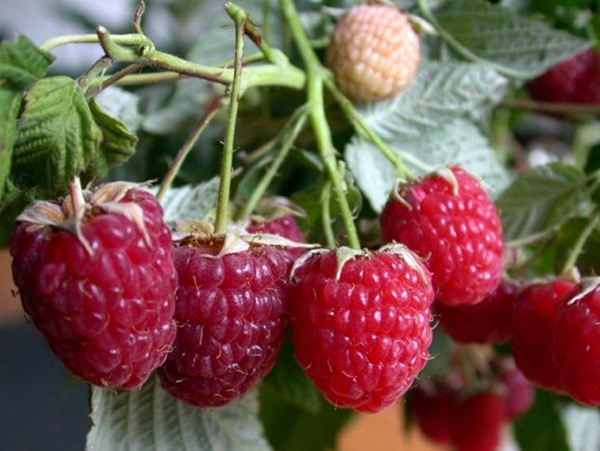
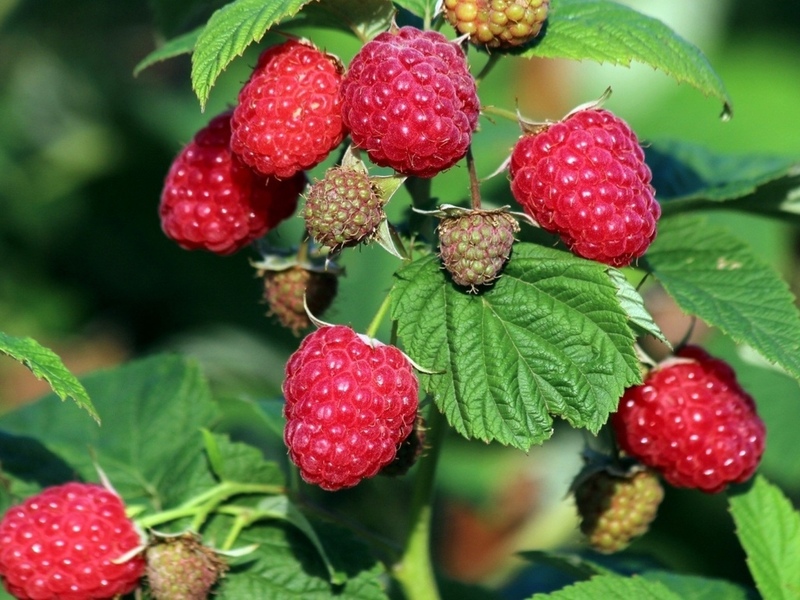
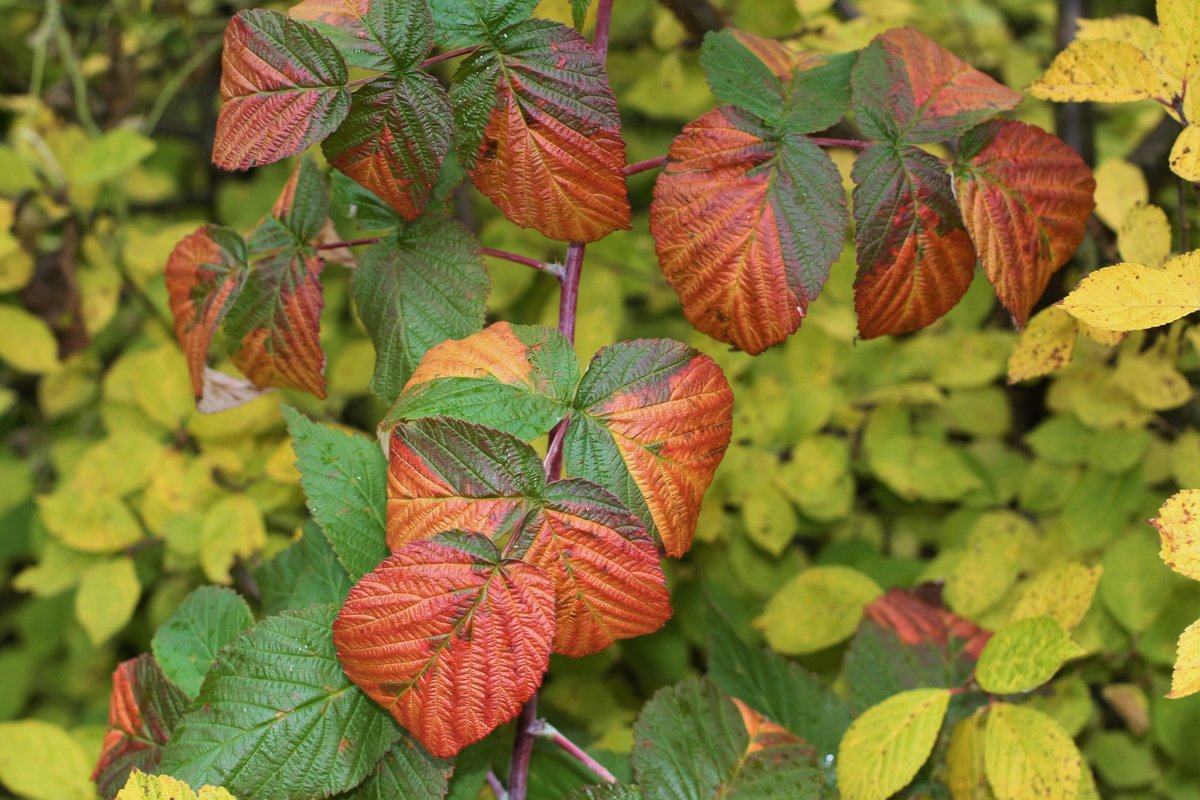 Black raspberries in autumn: care and preparation for winter shelter, pruning
Black raspberries in autumn: care and preparation for winter shelter, pruning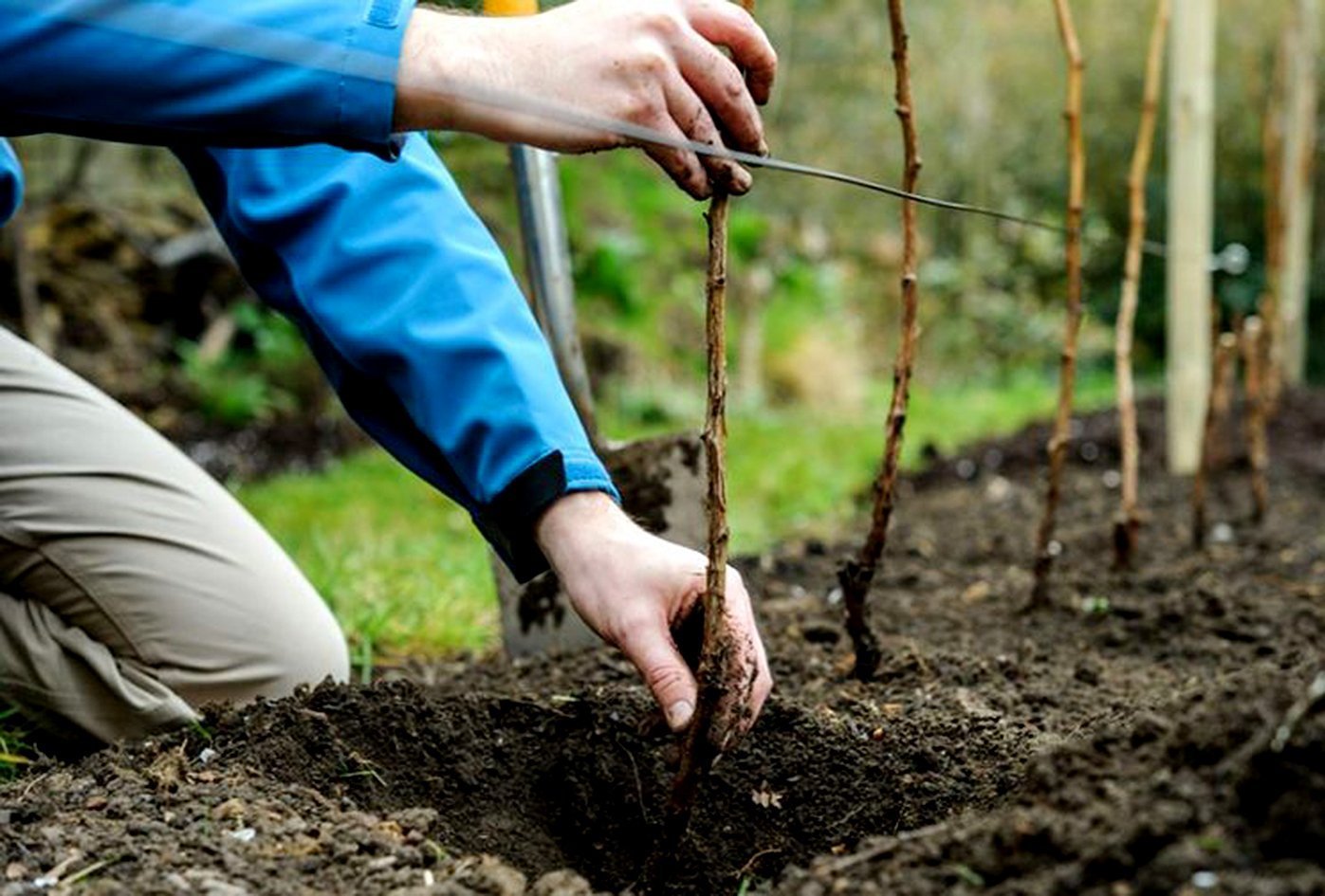 Features planting raspberries in the fall and care for it
Features planting raspberries in the fall and care for it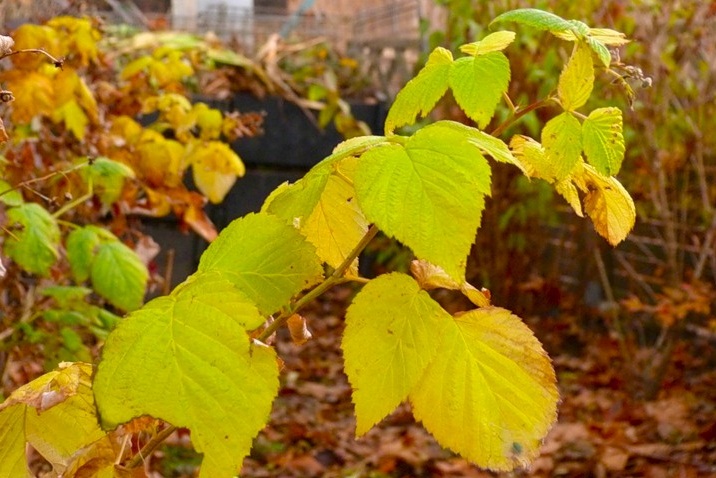 Proper care for raspberries in the fall and its preparation for winter
Proper care for raspberries in the fall and its preparation for winter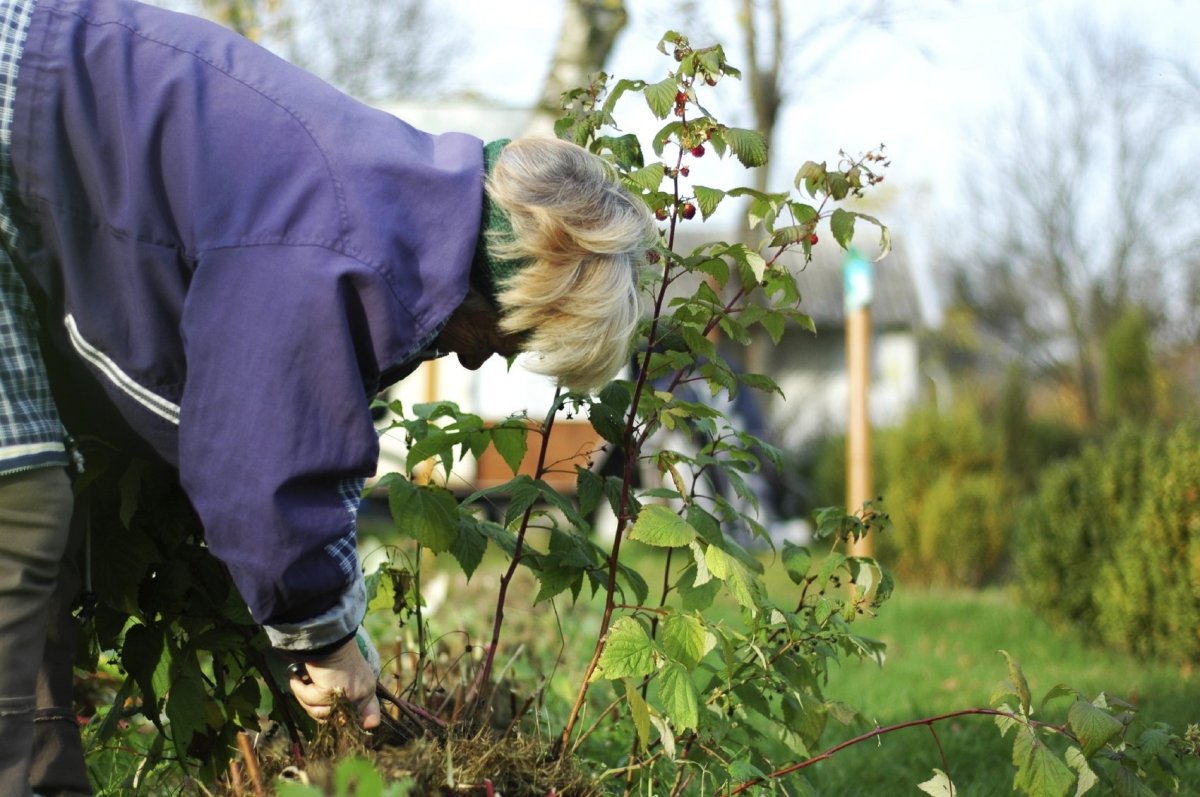 Care for maintenance raspberries in autumn: pruning and top dressing
Care for maintenance raspberries in autumn: pruning and top dressing